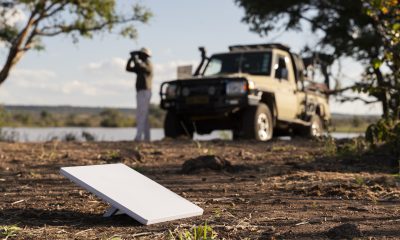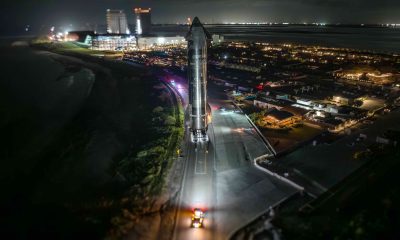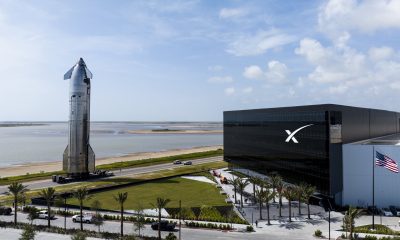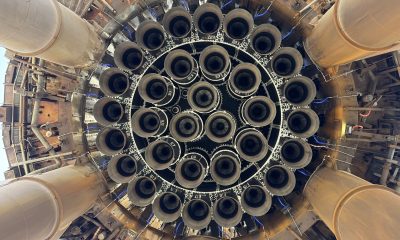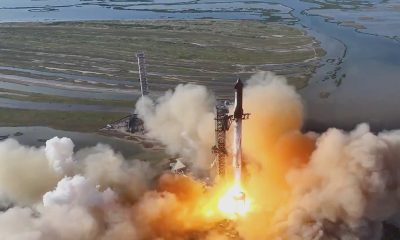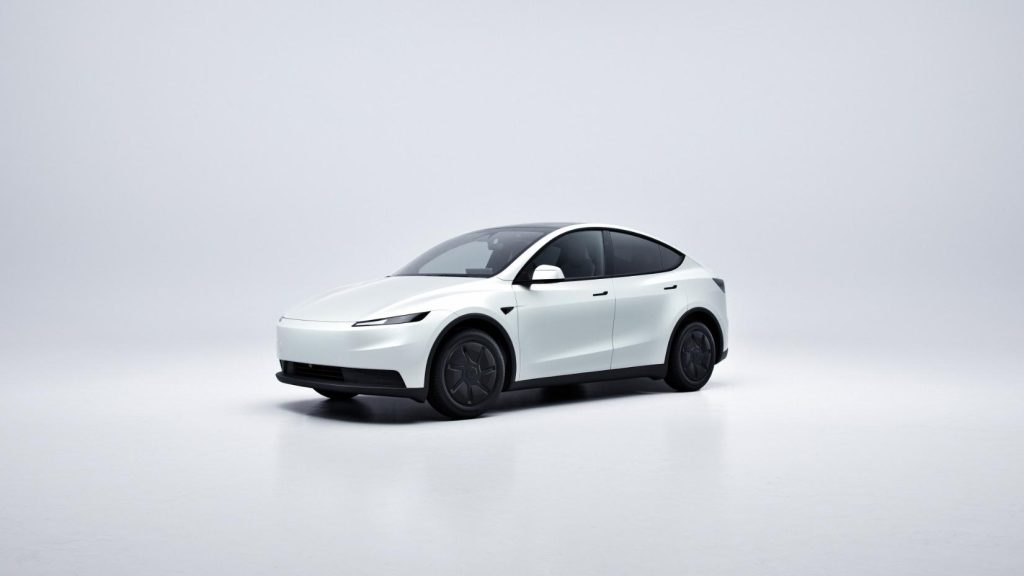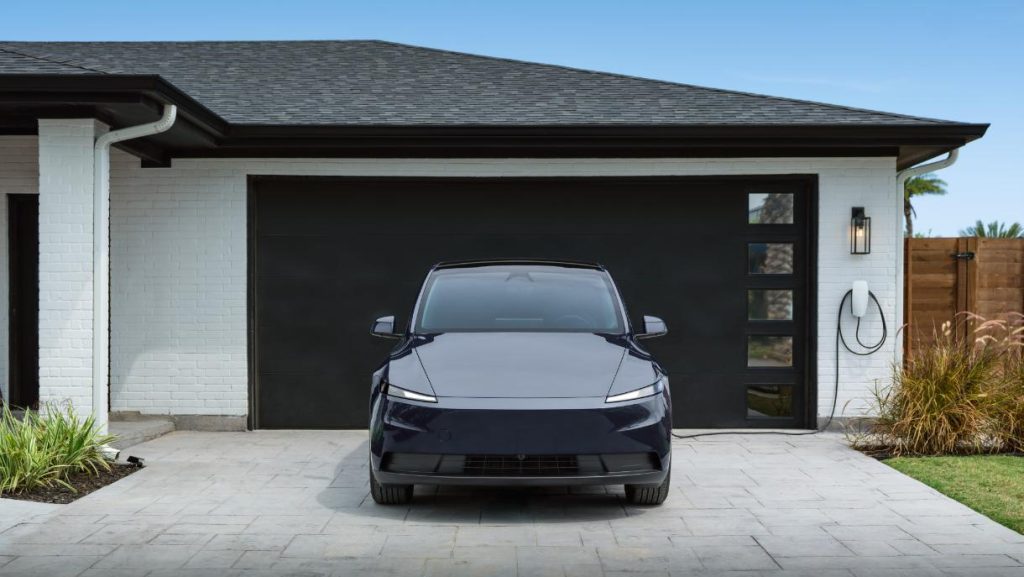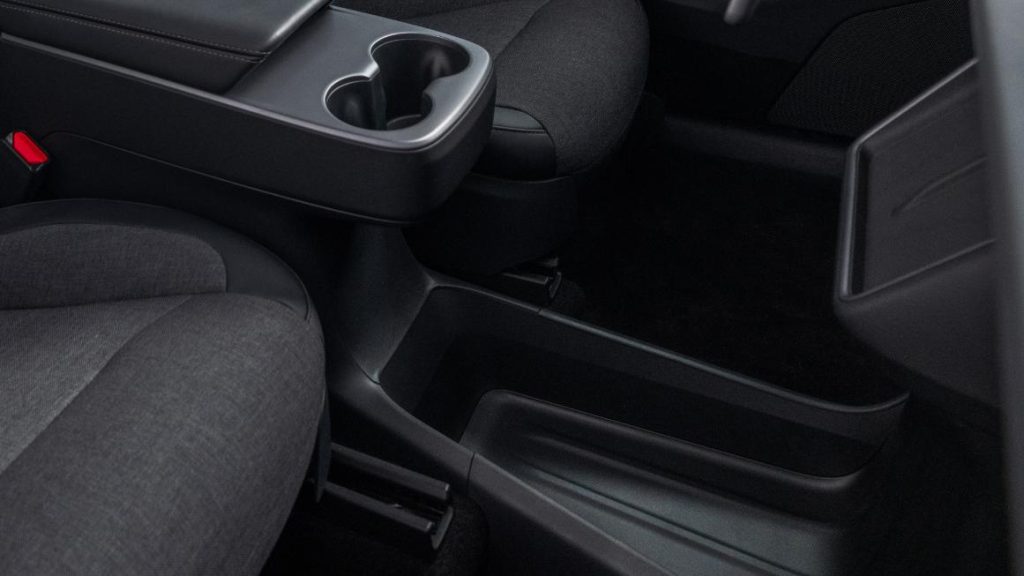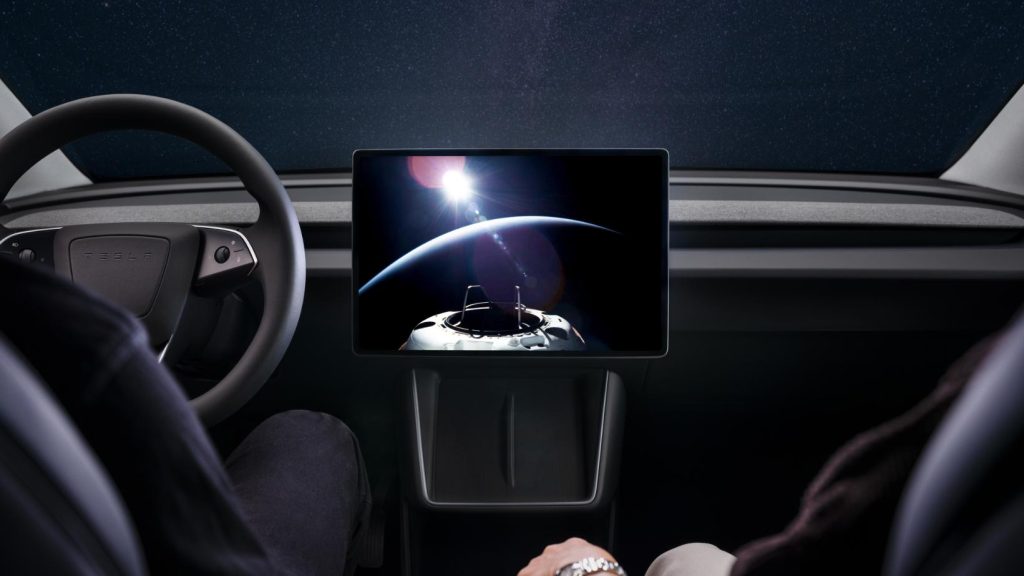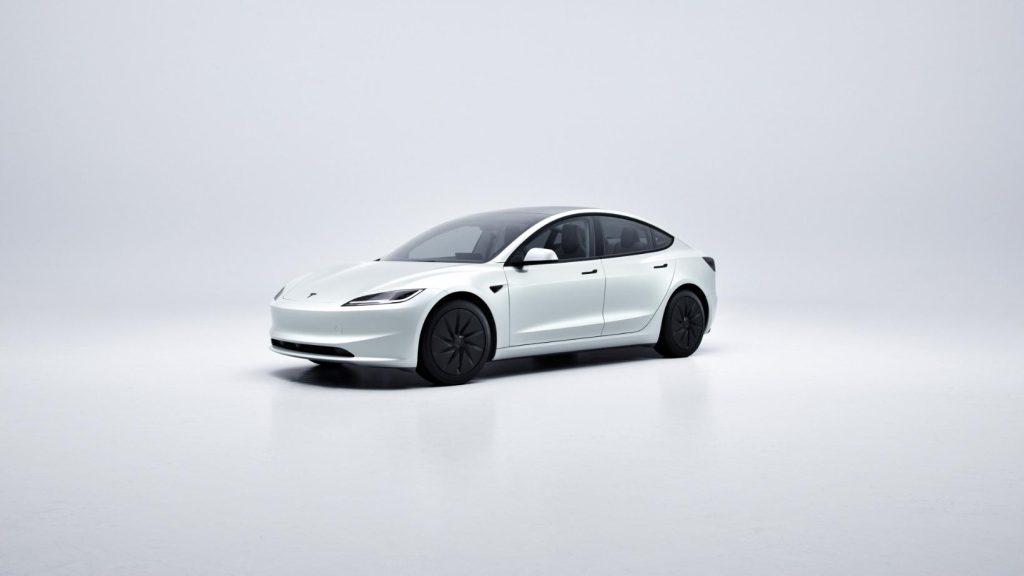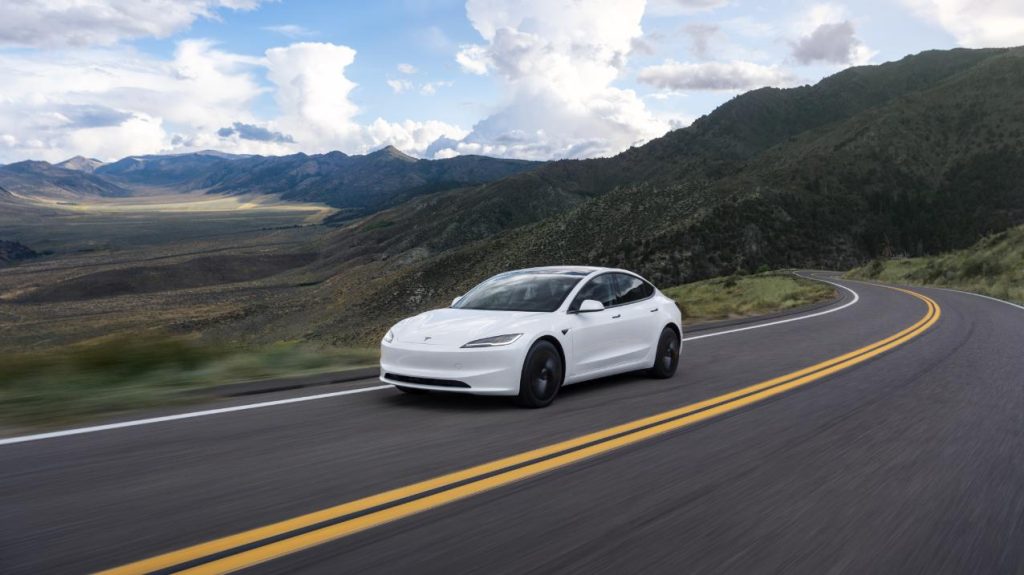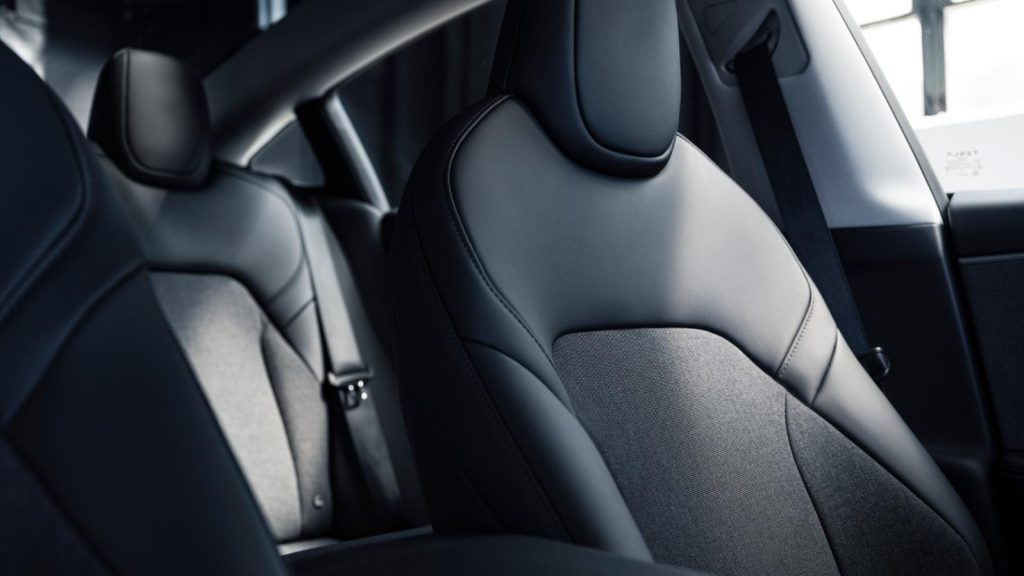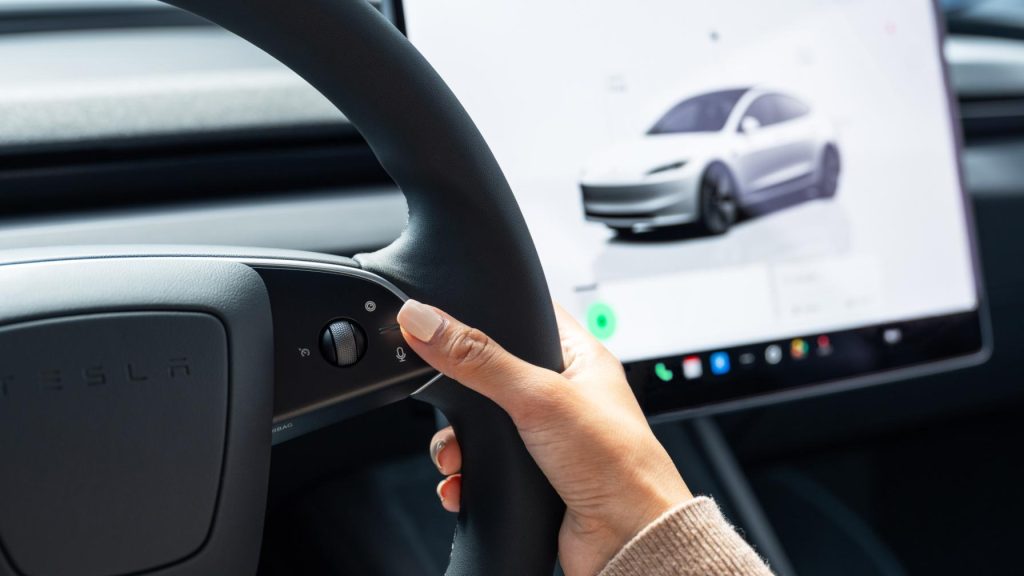News
SpaceX readies for upcoming February launches
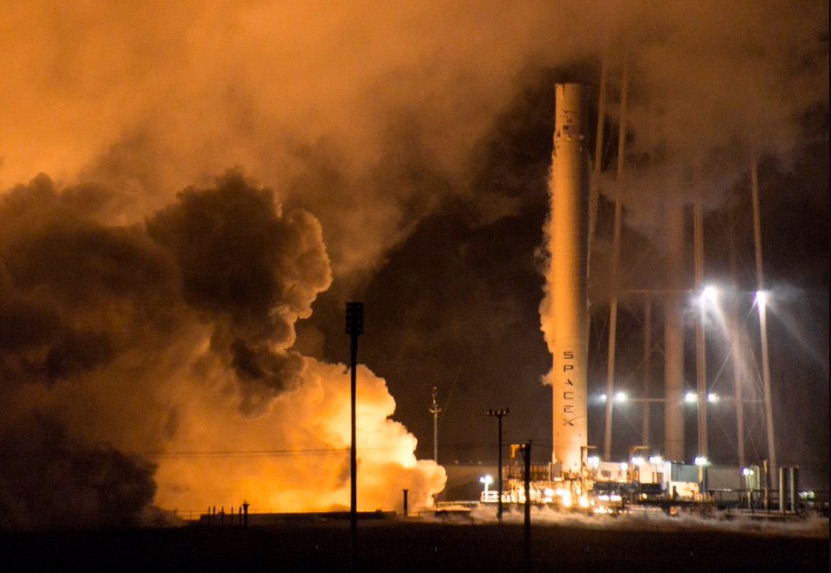
Although no major announcements from SpaceX regarding its upcoming February 14th and February 28th missions have been released, small details about the company’s progress have been picked up through social media and press inquiries as SpaceX fans count down to the next launches.
Under Construction: Launch Pads
First up is the construction status of historic Launch Complex 39A, the pad that SpaceX has been renovating from its Apollo-era days. Upon completion, this pad will host the Falcon Heavy vehicle once development has completed along with all upcoming Falcon 9 Florida launches until other pads currently under construction become available. Some of the pad progress being made in preparation for launch has been tracked by fans and shared on social media.
https://www.instagram.com/p/BQHUvzjFLz8/
Next are the reconstruction plans for Launch Complex 40 to repair the damage caused from the September 1, 2016 launch pad fire. SpaceX President Gwynne Shotwell confirmed in a recent Reuters article that this pad will be repaired for Falcon 9 use rather than refitted for Falcon Heavy. Shotwell quoted a $100 million dollar price tag to make a complete switch, an amount not justified given the 50% less cost estimate to only repair the damaged pad.
Countdown to Launch: NASA
Other than rescheduling the mission ahead of the EchoStar 23 launch, SpaceX’s upcoming February 14, 2017 CRS-10 launch to the International Space Station (ISS) has not had any major updates (or rescheduling) published. The pre-launch static fire is tentatively scheduled for February 8th, and this will be the first SpaceX rocket to launch from pad 39A.
Also, at KSC, the Falcon 9 S1 for CRS-10 is hoping to Static Fire on Feb 8 (NET), pending completion of 39A work. https://t.co/sJzLf6XZyM
— NSF – NASASpaceflight.com (@NASASpaceflight) February 1, 2017
As an interesting note for fans, however, NASA included this launch in its NASA Social program wherein 50 social media communicators were selected to attend a two-day behind the scenes event. Per NASA’s web site, selected participants will have the opportunity to:
- View the launch of SpaceX’s Falcon 9 rocket
- Tour NASA facilities at Kennedy Space Center
- Speak with representatives from NASA
- View and take photographs of the Falcon 9 rocket at SpaceX’s Launch Complex 39A
- Meet fellow space enthusiasts who are active on social media
- Meet members of NASA’s social media team
NASA opens events up to social media participants regularly, and past events have included other launches, the arrival of the Juno spacecraft at Jupiter, and behind the scenes opportunities during major discussion panels and announcements.
A Twitter search for tweets containing the @NASASocial handle will reveal several of the winners who chose to announce their acceptance into the February 14th SpaceX launch event. The hashtags #NASASocial and #Dragon will also be used.
Countdown to Launch: EchoStar 23
The February 28, 2017 launch of EchoStar 23 will attempt to set a spaceflight record by launching with the first recovered and refurbished rocket core. As previously reported, the recovered core being used will aim to make history twice, one being the first core landed on an autonomous droneship off the coast of Florida, and the other being the first recovered rocket core to be re-flown.
SpaceX’s facility in McGregor, Texas has been busy testing the first stage core for re-use in the EchoStar 23 mission. Residents near the location who are active on unofficial SpaceX social media outlets aren’t shy to tell all about the tests as they hear them. Some residents even provide regular reports of the activity, including the number and length of the fires, and further speculate what else the company is up to.
SpaceX took to social media itself regarding these tests and published a photo of one on its Instagram account.
https://www.instagram.com/p/BP8zK2DFxhq/?taken-by=spacex
No News is Good News
As the dates move closer, the scheduling for the upcoming launches will likely adjust as many factors affecting them are still in the air. Weather is always a question, and the status of launch pad 39A is still unknown.
Despite the numerous, multi-front approach SpaceX is tackling to meet all of its launch and construction objectives, the company is still confident it will be able to meet its fast-paced launch schedule over the next year.
News
Tesla Cybertruck gets Full Self-Driving v14 release date, sort of
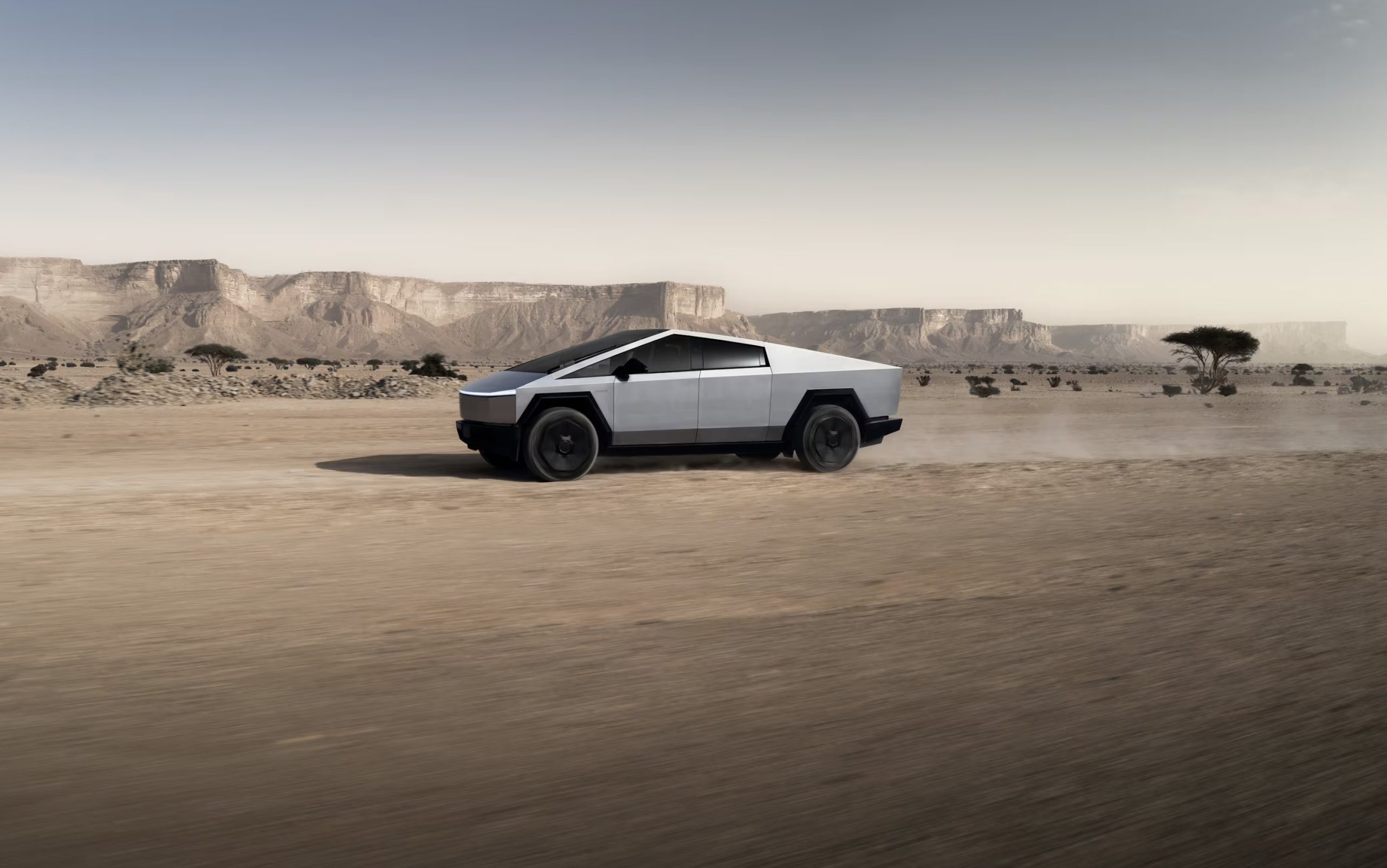
Tesla Cybertruck owners are wondering when they will get access to the company’s Full Self-Driving version 14.1 that rolled out to other owners today for the first time.
Cybertruck owners typically receive Full Self-Driving updates slightly later than other drivers, as the process for the all-electric pickup is different. It is a larger vehicle that requires some additional attention from Tesla before FSD versions are rolled out, so they will be slightly delayed. CEO Elon Musk said the all-wheel steering technically requires a bit more attention before rollout as well.
The all-wheel steering of Cybertruck requires a bit more Autopilot training
— Elon Musk (@elonmusk) October 7, 2025
After some owners got access to the v14.1 Full Self-Driving suite this morning, Cybertruck owners sought out a potential timeframe for when they would be able to experience things for themselves.
Tesla owners show off improvements with new Full Self-Driving v14 rollout
They were able to get an answer from Ashok Elluswamy, Tesla’s Head of AI, who said:
“We got you. Coming soon.”
We got you. Coming soon.
— Ashok Elluswamy (@aelluswamy) October 7, 2025
The release of FSD v14.1 for Cybertruck will not be tempered, either. Elluswamy then confirmed that Tesla would be rolling out the full-featured FSD v14 for the pickup, meaning it would be able to reverse and park itself, among other features.
Elluswamy said it would be capable of these features, which were void in other FSD releases for Cybertruck in the past.
Tesla’s rollout of FSD v14.1 brings several extremely notable changes and improvements to the suite, including more refined operation in parking garages, a new ability to choose parking preferences upon arriving at your destination, a new driving mode called “Sloth,” which is even more reserved than “Chill,” and general operational improvements.
Those who were lucky enough to receive the suite have already started showing off the improvements, and they definitely seem to be a step up from what v13’s more recent versions were capable of.
CEO Elon Musk called v14 “sentient” a few weeks back, and it seems that it is moving toward that. However, he did state that additional releases with more capabilities would be available in the coming weeks, but many owners are still waiting for this first version.
News
Tesla launches two new affordable models with ‘Standard’ Model 3, Y offerings
It is the first time Tesla has revealed any details about what it planned to launch in terms of its new, lower-cost vehicles, which are mainly aimed at countering the loss of the $7,500 EV tax credit.
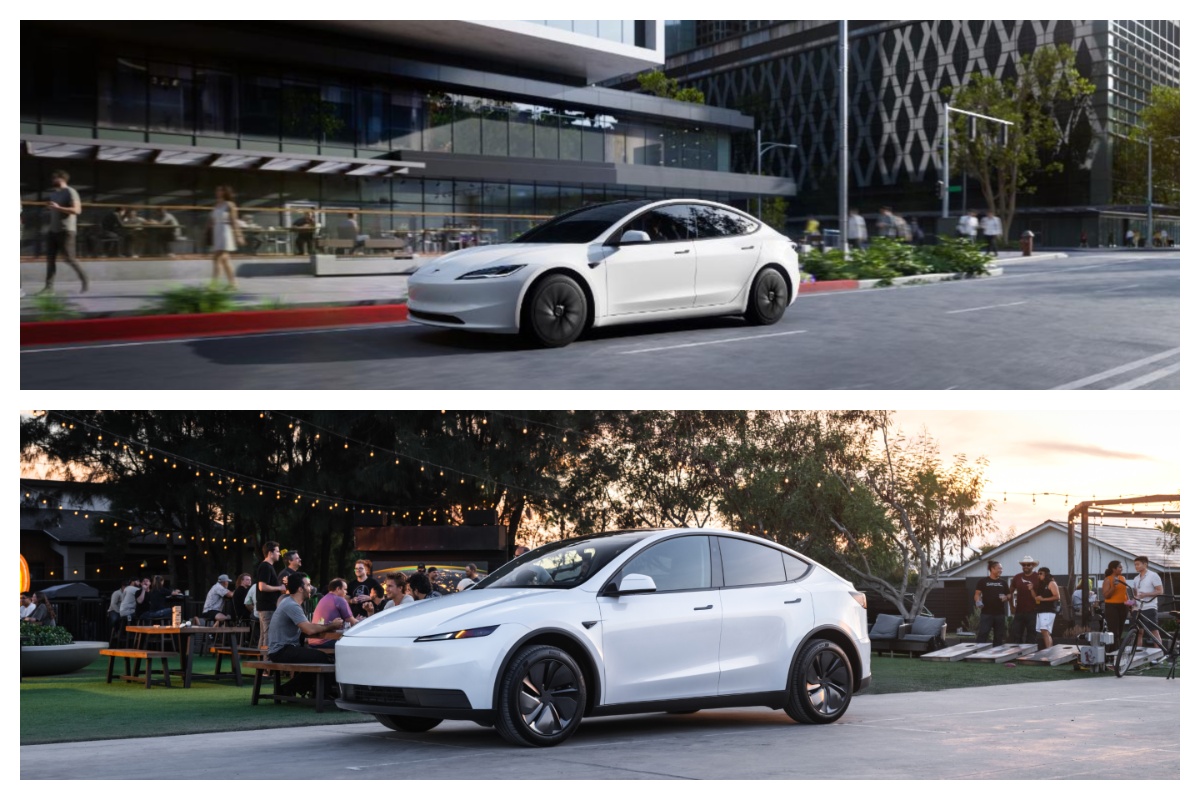
Tesla has officially launched its affordable models with the new Model 3 and Model Y ‘Standard’ versions hitting the company’s Online Design Studio on Tuesday.
It is the first time Tesla has revealed any details about what it planned to launch in terms of its new, lower-cost vehicles, which are mainly aimed at countering the loss of the $7,500 EV tax credit.
Here’s what Tesla went with for its release of the new affordable models.
Tesla Model Y ‘Standard’
The Model Y Standard is a stripped-down version of the all-electric crossover and starts at $39,990.
- Credit: Tesla
- Credit: Tesla
- Credit: Tesla
- Credit: Tesla
Deliveries are slated for November and December, the company says if you plan to order one, and it comes with a few major changes to improve efficiency and bring down cost for owners.
- New athletically tuned exterior and new alloy wheels to improve aerodynamics
- 15.4″ touchscreen in the front, the same as the other trims
- Available in three colors: Stealth Grey (free), White ($1,oo0 extra), Diamond Black ($1,500 extra)
- Textile and vegan leather interior
- Range sits at 321 miles
- New front fascia
- Covered glass roof (textile on inside)
- Windows are not acoustically laminated for a quieter cabin
- Manual mirrors and seats
- Smaller frunk
- No rear infotainment screen
- No basic Autopilot
- 69 kWh battery
- New 19″ Aperture wheels
- 0-60 MPH in 6.8 seconds
- 7 speaker stereo, down from 15 speakers in premium models
🚨 BREAKING: Tesla has launched the new Model Y ‘Standard’ for $39,990
Here’s what’s new: 🧵 pic.twitter.com/ILxbEsEniX
— TESLARATI (@Teslarati) October 7, 2025
Tesla Model 3 ‘Standard’
The Model 3 Standard was a surprise offering from Tesla, as many had only anticipated the company to refine and offer a more affordable version of the Model Y.
Coming in at $36,990, it features many of the same changes Tesla made with the Model Y “Standard,” all ways to improve price and make it less flashy than the more premium offerings.
Deliveries are also slated for November for this vehicle, and it features relatively the same stripped-down offerings as the Model Y Standard.
- Available in three colors: Stealth Grey (free), White ($1,oo0 extra), Diamond Black ($1,500 extra)
- Textile and vegan leather interior
- Range sits at 321 miles
- Covered glass roof (textile on inside)
- Manual mirrors and seats
- No rear infotainment screen
- No basic Autopilot
- 69 kWh battery
- New 19″ Aperture wheels
- 0-60 MPH in 6.8 seconds
- 7 speaker stereo, down from 15 speakers in premium models
@teslarati 🚨 Tesla’s Affordable Models are here! Let’s talk about them! #tesla #fyp #viral #teslaev #elonmusk ♬ Natural Emotions – Muspace Lofi
Elon Musk
Tesla owners show off improvements with new Full Self-Driving v14 rollout
Some of the big things that Tesla faced head-on with the development and release of v14 were navigating in parking garages and handling parking after arriving at a destination.
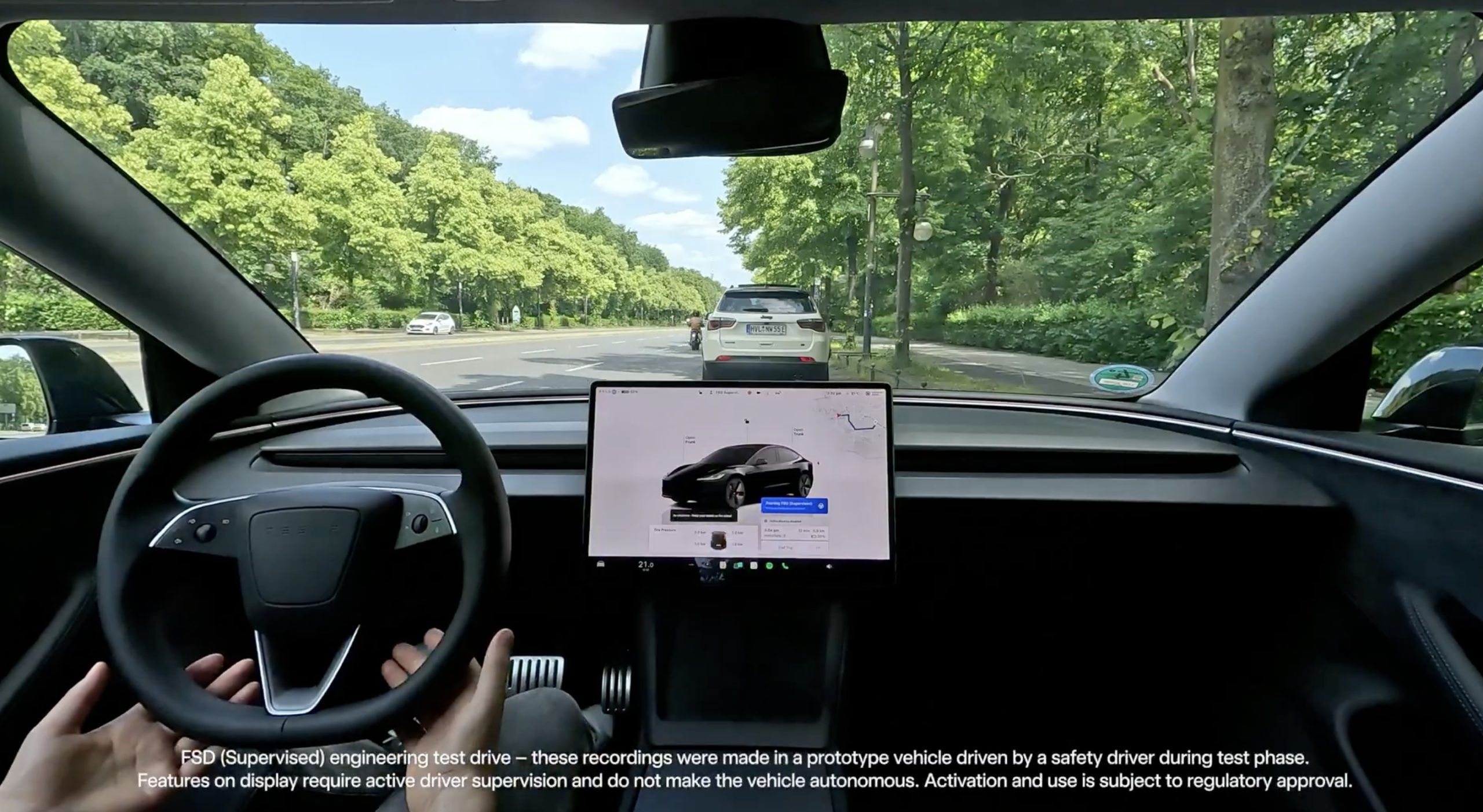
Tesla owners with access to the company’s Full Self-Driving new version, v14, which rolled out on Tuesday morning, are showcasing some of the very impressive improvements that have arrived.
CEO Elon Musk called v14 “sentient” a few weeks ahead of its rollout, claiming the newest iteration of the company’s Full Self-Driving platform would be the most accurate to date.
Tesla FSD (Supervised) V14.1 with Robotaxi-style dropoffs is here
It was obvious this narrative had Tesla owners keeping their expectations high, as there were very evidently things that needed to be improved upon that were present in v13. I wrote about several improvements I was hoping to see, and based on the release notes for v14, Tesla did have these things in the works already.
Some of the big things that Tesla faced head-on with the development and release of v14 were navigating in parking garages and handling parking after arriving at a destination.
Tesla said it was working to increase the capabilities of Summon within parking garages, as many owners believe that is where it would be the most beneficial.
While that does not appear to be part of this initial v14 rollout, it does seem Tesla is focused on improving the suite’s ability to navigate through these garages, including stopping for a ticket to enter the facility, finding a spot, and parking in an appropriate space.
It was evident this was a huge improvement based on one example from an owner who received v14:
FSD v14 navigates parking garages really well. Here’s a full clip of it leaving a parking spot, going through the garage, waiting for me to put the ticket in, and exiting.
Almost feels like it can read the signs above to go find the exit, with a complex garage here.@Tesla_AI pic.twitter.com/fv9j6LNcp6
— Zack (@BLKMDL3) October 7, 2025
If you look closely, you will even see the car shift slightly to the right when it arrives at the ticketing station, making it easier for the driver to hand over their ticket and payment. It then moves back out to the right when leaving to return to the center of the lane. It’s very intuitive.
Additionally, it appears to be more accurate when parking, thanks to improvements that enable owners to select the type of parking upon arrival at a destination.
In the v14.1 release notes, Tesla said that it has added “Arrival Options for you to select where FSD should park: in a Parking Lot, on the Street, in a Driveway, in a Parking Garage, or at the Curbside.”
One owner chose to navigate home and chose a garage to park in. Full Self-Driving performed it without any issues:
Not only can FSD 14.1 pull into my gravel driveway (no version before has done this) it can pull into the garage. pic.twitter.com/pweI5JKWHD
— Dirty Tesla (@DirtyTesLa) October 7, 2025
These are just two evident improvements so far, and there are likely many more on the way. The changes and fixes will be tracked by anyone with access to FSD v14 in the coming weeks.
-

 Elon Musk2 weeks ago
Elon Musk2 weeks agoTesla FSD V14 set for early wide release next week: Elon Musk
-
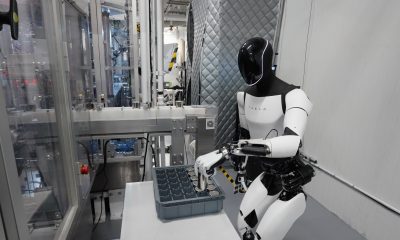
 News2 weeks ago
News2 weeks agoElon Musk gives update on Tesla Optimus progress
-
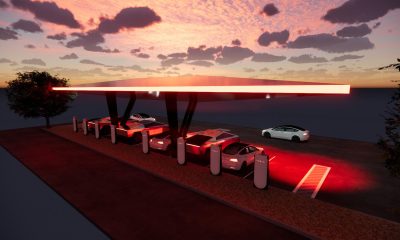
 News2 weeks ago
News2 weeks agoTesla has a new first with its Supercharger network
-
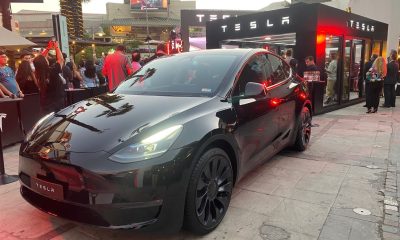
 News2 weeks ago
News2 weeks agoTesla job postings seem to show next surprise market entry
-
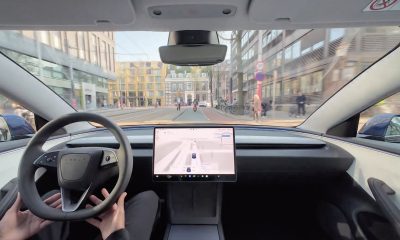
 Investor's Corner2 weeks ago
Investor's Corner2 weeks agoTesla gets new Street-high price target with high hopes for autonomy domination
-

 Lifestyle1 week ago
Lifestyle1 week ago500-mile test proves why Tesla Model Y still humiliates rivals in Europe
-
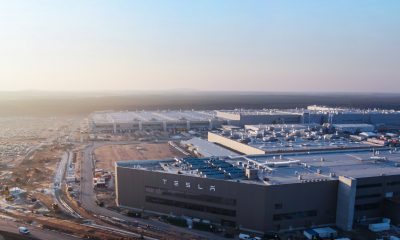
 News1 week ago
News1 week agoTesla Giga Berlin’s water consumption has achieved the unthinkable
-
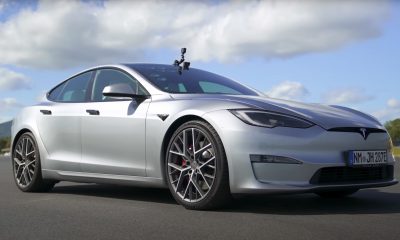
 Lifestyle1 week ago
Lifestyle1 week agoTesla Model S Plaid battles China’s 1500 hp monster Nurburgring monster, with surprising results


